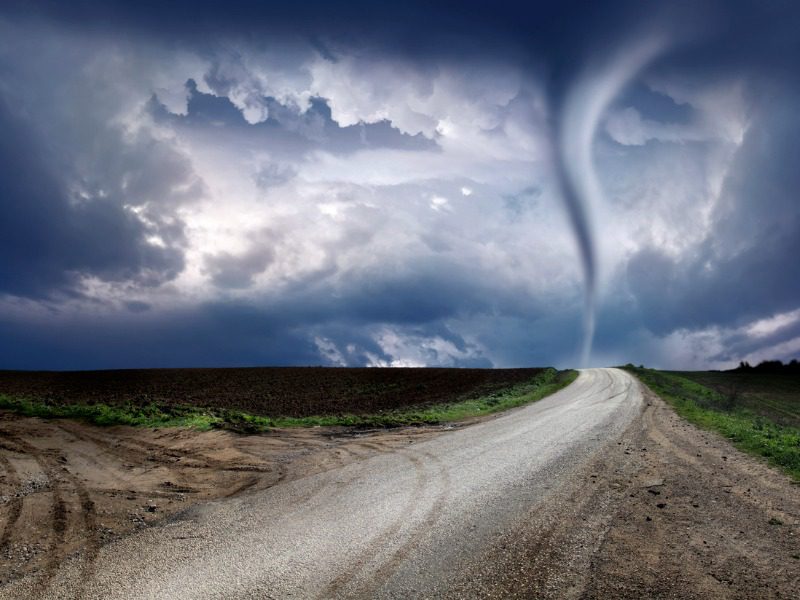Was derecho storm damage caused by climate change?

The Long Weekend derecho storm in Ontario and Quebec, which spawned a tornado in Uxbridge, Ont., and resulted in over 1,000 kilometers of damage, is “very difficult” to credit as a climate change event, even though the industry is seeing more of this type of damage, says one expert.
Derechos (a widespread, long-lived windstorm associated with a band of rapidly moving showers or thunderstorms) are pretty rare, particularly around the Great Lakes, says Glenn McGillivray, managing director at the Institute for Catastrophic Loss Reduction.
“The Great Lakes tend to rip the storms apart before they can get any worse,” he explains. “I think what we’re essentially talking about here is a convective storm, and it’s extremely difficult to tie those into climate change.”
Convective storms tend to be “fairly localized,” McGillivray says. “Anything that’s localized is very difficult to pin on climate change. This was much bigger [than a convective storm] of course, but it still was a series of thunderstorms, basically, that caused it.”
At least 10 people died. Three communities declared states of emergency after this weekend’s storm downed trees, power lines and damaged property.
The storm also spawned a category EF-2 tornado in Uxbridge, with a maximum wind speed of 195 km/h, as confirmed by Environment Canada.
The winds caused by a derecho create a flatline windstorm, “like a big plow,” McGillivray says, and aren’t typically associated with tornadoes.
“But they can spread over pretty wide areas, as we saw,” he adds. “They can spawn tornadoes and there are some investigations going on right now, particularly in Uxbridge and in one or two other places, where tornadoes may have been spawned by the storm.”
McGillivray predicts the industry will see a mix of small and large claims from the storm, but overall says the losses will be “pretty big” once estimated.
“I’m comparing it to the May 4, 2018, storm in southern Ontario and Quebec. That storm was a big flatline windstorm, no tornadoes or anything like that. It caused over 54,000 personal lines claims and the damage exceeded $600 million insured.”
Saturday’s storm was comparable to the derechos of the 1990s that affected parts of Ontario, according to The Weather Network.
This storm also follows the tornadoes that touched down in Barrie, Ont. in July 2021, which cost the industry about $100 million.
“We’re seeing more of this type of damage, and we would really like to see wind resilience features incorporated into the building code for new homes,” McGillivray says. “And the homebuilding industry has been pushing back.”
Most wind damage occurs in roof-to-wall connections, however McGillivray says “improving roof-to-wall connections between the roof and the top plate of the wall, and making sure that there is what they call a continuous load path going right from the roof right on down to the foundation so that there’s no weak point,” is one way to build resilience.
“There are different things that we can put in, like Hurricane straps or their equivalent, and anchoring the home to the foundation better through foundation washers and bolts…It doesn’t add very much to the cost of a new home.”
Feature image by iStock.com/imagedepotpro



